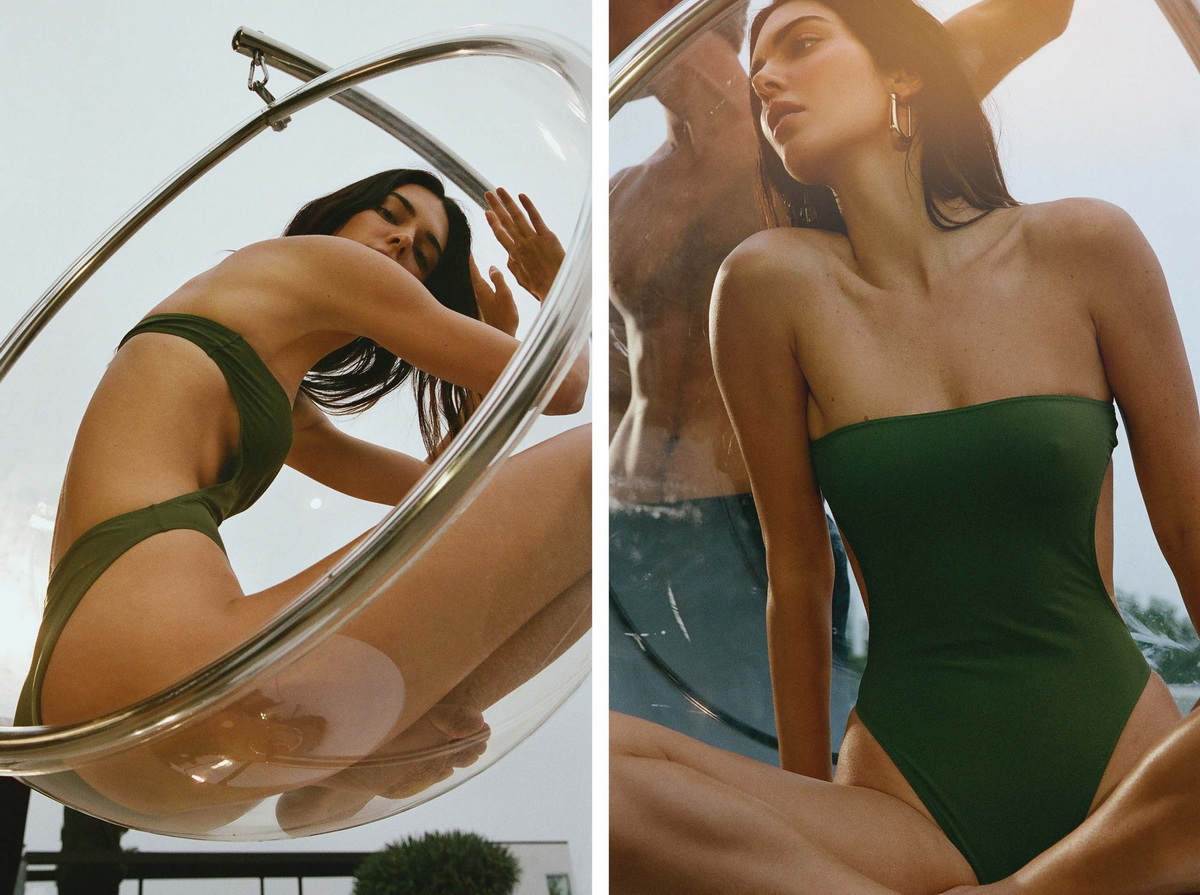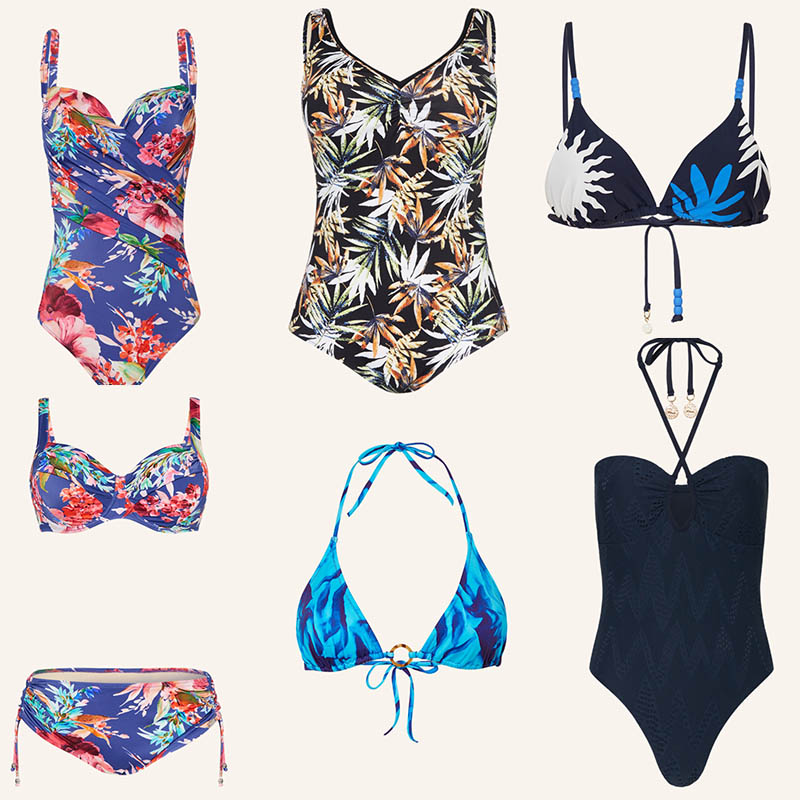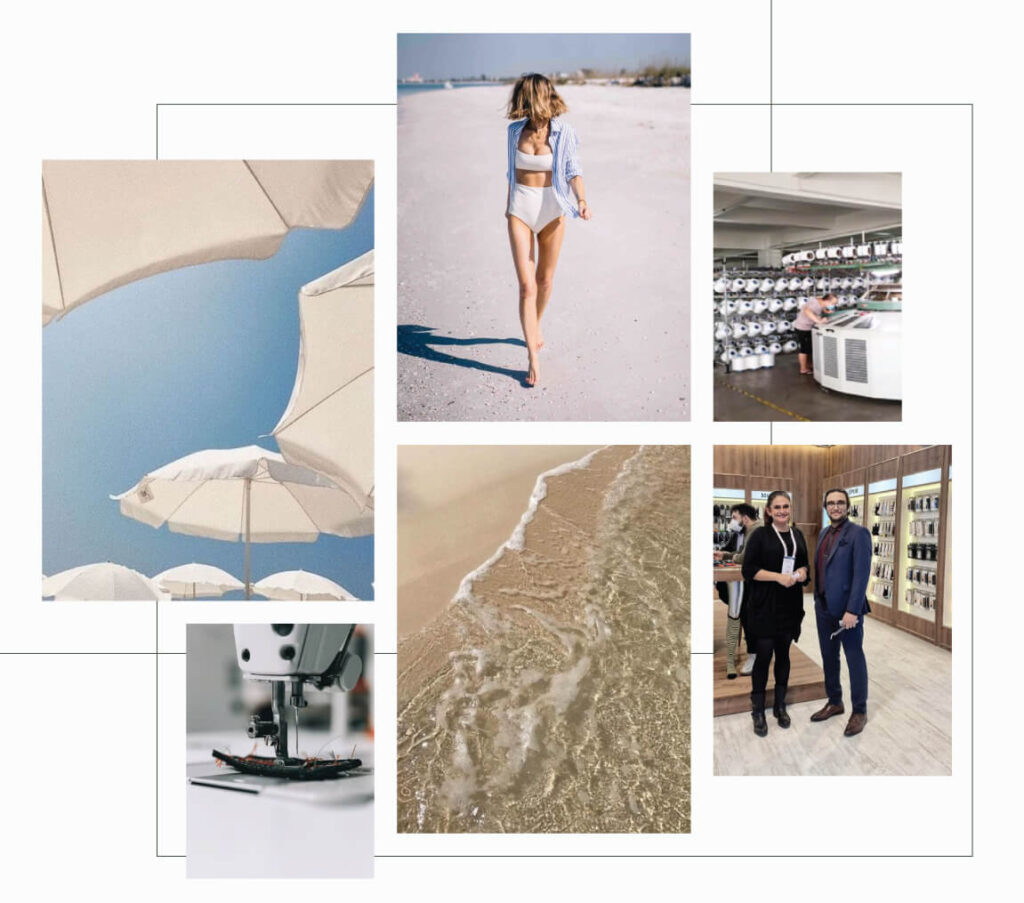Content Menu
● Introduction
● What is MOQ in Swimwear Manufacturing?
● Factors Influencing MOQ
● Understanding Lead Times
● How to Choose the Right Manufacturer
● The Importance of Quality Control
● Case Studies: Success Stories
● Tips for Managing MOQ and Lead Times
● The Role of Technology in Swimwear Manufacturing
● Sustainability Considerations
● Conclusion
● Q&A Section
>> 1. What is the typical MOQ for private label swimwear manufacturers?
>> 2. How can I reduce lead times with my manufacturer?
>> 3. Are there manufacturers with low MOQs for startups?
>> 4. What factors affect lead times in swimwear production?
>> 5. How do I ensure quality in my swimwear products?
● Citations:
Introduction
Private label swimwear manufacturers play a crucial role in the fashion industry, particularly for brands looking to establish their presence in the competitive swimwear market. Understanding Minimum Order Quantity (MOQ) and lead times is essential for anyone looking to start or expand their swimwear brand. This article explores these concepts in detail, providing insights into how they impact your business decisions and strategies.

What is MOQ in Swimwear Manufacturing?
Minimum Order Quantity (MOQ) refers to the minimum number of units a manufacturer is willing to produce in a single order. For private label swimwear manufacturers, MOQs can vary significantly based on several factors:
- Design Complexity: More intricate designs often require higher MOQs due to the increased labor and resources involved.
- Material Choice: Certain materials may have limited availability or higher costs, influencing the MOQ.
- Production Capacity: Manufacturers with higher production capabilities may offer lower MOQs compared to smaller operations.
Low MOQs are particularly advantageous for startups, allowing them to test the market without committing to large quantities. Conversely, established brands may benefit from higher MOQs that offer cost advantages through economies of scale.
Factors Influencing MOQ
Several factors influence the MOQ set by manufacturers:
- Material Availability: The accessibility of specific fabrics can dictate the MOQ. For example, eco-friendly fabrics may require higher MOQs due to limited suppliers.
- Customization Requirements: Custom designs often necessitate a higher MOQ because of the specialized processes involved in creating unique products.
- Production Processes: The complexity of manufacturing processes can also affect MOQs. For instance, swimwear that requires specialized stitching techniques may have a higher MOQ.
Understanding these factors can help brands negotiate better terms with manufacturers and make informed decisions about their product lines.
Understanding Lead Times
Lead time is the duration between placing an order and receiving the finished products. It encompasses several stages:
- Design Finalization: The time taken to finalize designs before production begins.
- Material Procurement: Sourcing and acquiring materials needed for manufacturing.
- Production Time: The actual time taken to produce the swimwear.
- Quality Control: Ensuring that products meet quality standards before shipping.
Knowing the lead time helps brands plan product launches and manage inventory effectively. Typical lead times for private label swimwear can range from 4 to 12 weeks, depending on order size and complexity.

How to Choose the Right Manufacturer
Selecting the right private label swimwear manufacturer involves evaluating several key factors:
- MOQ Requirements: Ensure that the manufacturer's MOQs align with your business model and capacity.
- Lead Times: Consider whether the manufacturer's lead times fit your launch schedule.
- Quality Standards: Research manufacturers' quality control processes and past performance.
- Communication Practices: Effective communication is vital for successful collaboration. Choose manufacturers who are responsive and transparent.
Researching and comparing multiple manufacturers can help you find a partner that aligns with your brand's needs, ensuring a smoother production process.
The Importance of Quality Control
Quality control is paramount when working with private label swimwear manufacturers. Poor quality can damage your brand's reputation and lead to customer dissatisfaction. Here are some key aspects of quality control:
- Sampling Process: Request samples before placing large orders. This allows you to assess fabric quality, stitching, and overall design execution.
- Factory Audits: If possible, conduct audits of potential manufacturers. This can provide insights into their production processes, labor practices, and adherence to safety standards.
- Feedback Loop: Establish a feedback mechanism where you can communicate any issues or concerns during production. This proactive approach can help mitigate problems early on.

Case Studies: Success Stories
Real-world examples of brands successfully navigating MOQ and lead time challenges highlight practical insights for aspiring entrepreneurs:
1. Triangl: Founded by Erin Deering and Craig Ellis in 2012, Triangl emerged from a gap identified in the market during a casual beach conversation. They launched their first bikini online in January 2013, initially relying on word-of-mouth marketing. Their focus on customer experience led them to innovate with features like live chat on their website before many competitors adopted similar strategies. By 2014, Triangl gained significant traction but faced challenges with copycat brands. Their lean operational approach allowed them to remain cash-flow positive from day one, demonstrating how effective management of MOQ and lead times can foster growth in a competitive market.
2. PQ Swim: Celebrating its 13th anniversary, PQ Swim has successfully utilized data-driven strategies to enhance its brand equity. By collaborating with Compass + Nail (C+N), they focused on building deep relationships with customers through loyalty programs. This strategic pivot resulted in double-digit growth across wholesale segments and significant increases in repeat purchases from loyal customers. Their approach highlights how understanding consumer behavior and leveraging data can optimize inventory management related to MOQs.
3. Frankies Bikinis: Founded by Francesca Aiello in 2012, Frankies Bikinis quickly gained popularity through social media exposure and celebrity endorsements. Initially facing long lead times due to reliance on third-party contractors, Aiello transitioned production in-house, reducing lead times significantly from eight weeks to four weeks. This strategic move allowed Frankies Bikinis to respond swiftly to market trends while maintaining high-quality standards—an essential factor for success in fashion retail.
4. Ama Thea The Label: Based in London, this brand has positioned itself as a leader in sustainable swimwear by using deadstock and recycled fabrics. Ama Thea demonstrates that sustainability does not have to compromise style or commercial success; instead, it can enhance brand appeal among eco-conscious consumers while meeting production demands effectively.
These success stories illustrate the importance of choosing the right manufacturer based on your specific business needs and goals.
Tips for Managing MOQ and Lead Times
To effectively manage MOQs and lead times with private label swimwear manufacturers, consider these practical tips:
- Negotiate MOQs: Don't hesitate to discuss your needs with manufacturers. Many are willing to negotiate MOQs based on your business model or potential future orders.
- Plan Orders in Advance: Anticipate demand and place orders well ahead of peak seasons or product launches to avoid delays.
- Maintain Clear Communication: Establish regular communication channels with your manufacturer to stay updated on production status and any potential issues that may arise.
- Build Strong Relationships: Cultivating a good relationship with your manufacturer can lead to more flexible terms, better collaboration, and improved overall service.

The Role of Technology in Swimwear Manufacturing
Technology has transformed the manufacturing landscape, making it easier for private label swimwear manufacturers to meet demands efficiently. Here are some technological advancements impacting this industry:
- 3D Design Software: Many manufacturers now use 3D design software that allows brands to visualize products before they are produced. This reduces errors in design and helps streamline the approval process.
- Automated Production Lines: Automation has improved efficiency in production processes, allowing manufacturers to produce higher quantities within shorter time frames while maintaining quality standards.
- Inventory Management Systems: Advanced inventory management systems help manufacturers track stock levels in real-time, ensuring that they can fulfill orders promptly without overproducing or underproducing items.
Embracing these technologies can enhance collaboration between brands and manufacturers, leading to better outcomes for both parties.
Sustainability Considerations
With increasing consumer awareness around sustainability, many private label swimwear manufacturers are adopting eco-friendly practices. Brands should consider partnering with manufacturers who prioritize sustainability through:
- Sustainable Materials: Look for manufacturers who offer organic or recycled fabrics that reduce environmental impact.
- Ethical Labor Practices: Ensure that your chosen manufacturer adheres to ethical labor practices by verifying certifications or conducting factory visits when possible.
- Waste Reduction Strategies: Some manufacturers implement waste reduction strategies in their production processes, which not only benefits the environment but can also reduce costs over time.
By aligning with sustainable practices, brands can appeal to environmentally conscious consumers while contributing positively to global sustainability efforts.
Conclusion
Understanding MOQ and lead times is vital for success in the swimwear industry. By choosing the right private label swimwear manufacturer and effectively managing these factors, you can ensure a smooth production process and deliver high-quality products to your customers.

Q&A Section
1. What is the typical MOQ for private label swimwear manufacturers?
- MOQs can range from 50 to 500 pieces depending on the manufacturer and customization level.
2. How can I reduce lead times with my manufacturer?
- Clear communication, timely approvals, and choosing local manufacturers can help reduce lead times.
3. Are there manufacturers with low MOQs for startups?
- Yes, some manufacturers specialize in low MOQs to cater to startups and small businesses.
4. What factors affect lead times in swimwear production?
- Factors include design complexity, material sourcing, and the manufacturer's production schedule.
5. How do I ensure quality in my swimwear products?
- Conducting quality checks at various production stages and working with reputable manufacturers are key to ensuring quality.
Citations:
[1] https://www.hongyuapparel.com/private-label-swimwear-manufacturers/
[2] https://nichesources.com/private-label-swimwear-manufacturers.html
[3] https://intrepidsourcing.com/solutions/garments-production-package/swimwear-manufacturing/
[4] https://www.abelyfashion.com/top-17-private-label-swimwear-manufacturers-for-your-bathing-suit-brand.html
[5] https://www.swimwearmanufacturers.co.uk/post/the-swimwear-manufacturing-process-a-behind-the-scenes-look
[6] https://activeqstom.com/swimwear-manufacturing-in-bulk/
[7] https://deepwear.info/blog/swimwear-manufacturing/
[8] https://appareify.com/hub/swimwear/best-bali-swimwear-manufacturers
[9] https://www.leftyproductionco.com/post/2017-2-17-everything-you-need-to-know-about-swimwear-manufacturing






































